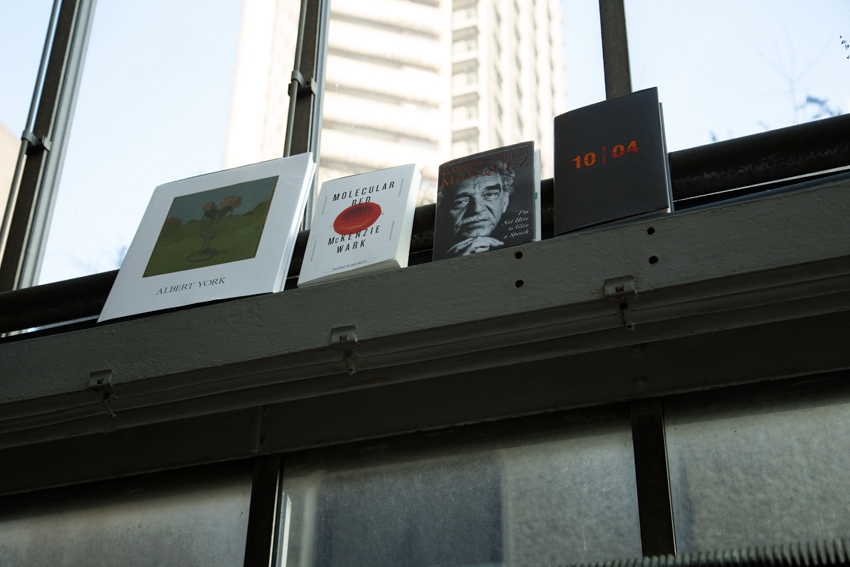The age of the Anthropocene announces that the human and natural worlds are interlinked as never before. Now that we have a hand on the scales, we can no longer rely on nature or ecology to balance what we take from nature with what we give back. In McKenzie Wark’s words, ‘The Anthropocene is a series of metabolic rifts, where one molecule after another is extracted by labor and technique to make things for humans, but the waste products don’t return so that the cycle can renew itself.’ What follows is a call to arms in which art and leisure, science and philosophy hack into each other in order to produce a way of thinking that works on both a pragmatic (proletarian) and a philosophical (bourgeois) level. It’s also his own version of Back to the Future (1985), in which Wark comes across as a bit of a Marty McFly, dashing back to the past to proclaim new heroes and new solutions to problems in the present – principally climate change.
The book splits into two sections: the first a somewhat turgid analysis and rehabilitation of the works of Alexander Bogdanov (Lenin’s rival for the leadership of the Bolshevik party and founder of Proletkult, a portmanteau of the Russian words for proletarian and culture) and Andrei Platonov (an author, whose works were banned during his lifetime because of his opposition to various Stalinist policies, and the leading light of Proletkult); the second a more approachable (perhaps because of a lesser historical distance) trot through the works of author Donna Haraway (‘A Cyborg Manifesto’, 1985) and science-fiction writer Kim Stanley Robinson, whose Mars trilogy (1993–6) charts the colonisation and exploitation (in both industrial and ideological senses) of the red planet. In other words a twin survey of the collapsing cultural structures of Soviet Russia and post-capitalist California. Both sections are peppered with evidence of Wark’s previous studies into the Situationists (frequent evocations of Guy Debord and techniques of détournement) and hacker culture (besides Wark’s use of ‘hack’ as a description of prehacker strategies, he describes how Robinson’s trilogy anticipates the search-engine age, because it contains so many terms readers can usefully look up).
The heroic status accorded these figures perhaps slightly undermines Wark’s drive towards a nonhierarchical approach to thinking about our future. ‘It is hard to orient oneself, let alone a movement [the Carbon Liberation Front], as an intellectual orphan,’ Wark confesses in his conclusion. ‘New experiences often have to be thought within the basic metaphors that already exist,’ his next excuse. Thus the present haunts the past and the past haunts the present, with, on the optimistic side, a notional future that’s always up for grabs as long as we can find ways of thinking and dealing with it that’s as fluid as time itself.
Does this have anything to do with art? Of course it does. Not just because many of the techniques Wark advocates are strongly connected to techniques pioneered by artists and writers (in their time often operating on the fringes of unpopular culture) during the twentieth century; but also as a result of art’s facility in the imagining and exploring of new situations and possibilities. As long, of course, as art remains more than a commodity, and has values other than economic ones. At one point Wark evokes Dutch artist Constant’s New Babylon project (1959–74), a utopian city of endless drift and play, as a model for the kind of culture that he wants us to drive towards. But such models have always resisted any attempts (other than in the form of children’s playgrounds) at realisation; everything they assert, they deny by the very fact of their being artworks (categorically separated from reality, in a sphere in which alternative thinking is permitted and often celebrated as long as it has no consequences). Perhaps, in the end, when it comes to art it’s this very fear that Wark is urging us to confront.
This article was first published in the March 2015 issue.
